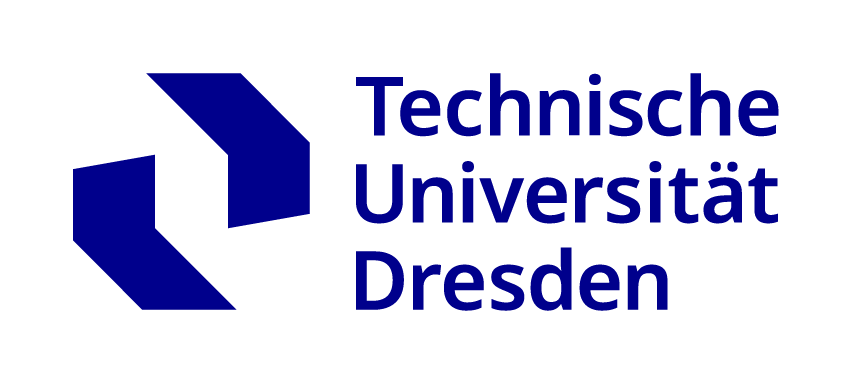Computergraphics and Visualization Lab (CGV) (Professorship)
Parent Units:Technische Universität Dresden (TUD)
German name: "Professur für Computergraphik und Visualisierung (CGV)".
Contact
| web: | https://tu-dresden.de/ing/informatik/smt/cgv | |
| email: | ||
| phone: | +49 (0)351 463-38384 | |
| fax: | +49 (0)351 463-38396 | |
| postal address: | Technische Universität Dresden (TUD), Computergraphics and Visualization Lab (CGV), 01062 Dresden, Germany | |
| office address: | Technische Universität Dresden (TUD), Computergraphics and Visualization Lab (CGV), Nöthnitzer Str. 46 (Room 2105, 2nd floor), 01187 Dresden, Germany | |
| partner: | Technische Universität Dresden | |
Expertise
The central task of Computer Graphics (CG) is the creation of images with the help of a computer. There is a loose categorization into 2D and 3D CG. The focus of the CGV lab is on 3D CG which deals with questions like how to represent and discretize a 3D scene, how to design an appealing scene, how to capture 3D data from the real world, how to interactively render complex scenes, how to simulate the propagation of light in a scene, how to build interactive systems, how to simulate nature, ...?
In Visualization one uses CG to present mostly numerical data in form of illustrative images that can be intuitively understood. Here the central factor is the human observer. In Visualization one tries to optimize an image in a way that the observer can extract the maximum amount of information from it. One interest of the CGV lab is centred on Scientific Visualization, which applies CG and Visualization techniques to scientific data sets.
Kompetenzen
- Real-Time Graphics Rendering
- GPU and GPGPU-Programming (u.a. Dresden CUDA Center of Excellence)
- C++ CPU Programming for Graphics (Vorlesung C++-Programmierung für Computergraphik)
- Simulation for Graphics (KASim)
- Virtual Reality and Stereoscopic Rendering (Powerwall, ZVM)
- Visual Computing and Machine Learning (Learning 6D Object Pose Estimation Using 3D Object Coordinates)
Forschungsfeld Visualisierung und Visuelle Analysetechniken
- Visuelle Analyse großer, dynamischer Daten
- Interaktive visuelle Exploration in Echtzeit
- Visualisierung großer partikelbasierter, multi- und hochdimensionaler Daten
- Anwendungen aus den Gebieten granularer Medien, Molekulardynamik, Thermodynamik, Hydrodynamik, Physik, Zell- und Systembiologie
- Softwareentwicklung interaktiver Visualisierungssysteme
Forschungsfeld Geometrieverarbeitung
- Static and Dynamic Scenes Acquisition with Structured Light and Photometric Stereo
- Scan and Mesh Processing
- Optimal Coverage, Automated View and Light Placement, Path Planning
- Fluid simulation for spray processes
- Compression and Level of Detail Techniques
Forschungsfeld Scene Understanding
- Scene Acquisition
- Training Data Synthesis
- Feature and Semantics Based Techniques
- Image Retrieval
- Object Recognition, Tracking and Localization
- Learning 6D Object Pose Estimation Using 3D Object Coordinates
instruments
 View instruments (5)
View instruments (5)
Affiliations
Parent Units
| name | type | actions |
|---|---|---|
| Institute of Software and Multimedia Technology (SMT) | Institute |
Last Update
Last updated at: 2022-03-09 15:42

